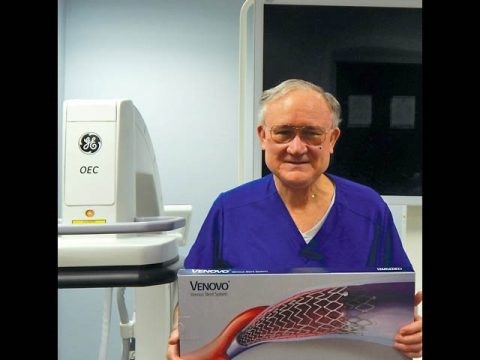![]() The School of Medicine at Emory University has published a study suggesting that educational videos significantly improve the patient consent process versus traditional face-to-face methods.
The School of Medicine at Emory University has published a study suggesting that educational videos significantly improve the patient consent process versus traditional face-to-face methods.
The physicians who participated in the study also believed that they spent less time during the face-to-face portion of the consent process following video consent while still being able to answer all of the patient’s questions and concerns. The time-saving element of the study is noteworthy, given that long workdays are a contributing factor to the rising physician burnout epidemic, which affects more than half of U.S. physicians.[1]
The study at Emory University was performed on 80 patients in the interventional radiology department using educational videos created by the Holvan Group, a San Luis Obispo based company that enhances patient experience through advanced communication. The research was commissioned to address the fact that patients do not always achieve the ideal level of understanding during the consent process.
For the initial phase of the study, the consent process was performed unaltered. The patients were then given a survey, which was graded on a scale of 1 to 10 about their knowledge of the procedure, including the benefits, risks and alternatives available – the essential elements of an informed consent. Following this, patients were shown educational videos containing relevant content about the procedure they were about to undergo, after which another survey was completed.
The study produced the following results:
- There was significantly improved understanding of the risks with video-aided consent (standard 7.54, video-aided, 8.36)
- There was significantly improved understanding of the benefits with video-aided consent (standard 7.43, video-aided 8.45)
- There was a trend towards improved understanding of the procedure category (7.42 v 8.07), approaching significance.
- The alternatives category saw an increase in the mean, for 6.8 to 7.5, however this did not reach statistical significance.
Overall, it was found that video-aided consent showed promise in the consent process. Across all categories, there was an increase in understanding after initiation of the video consent process. There was an anecdotal perception among the physicians that there was also a significant decrease in time spent during the face-to-face portion of the consent process following video consent.
These results were echoed in a separate nine-month pilot of educational videos provided by The Holvan Group at Sierra Vista Regional Medical Center, where 97 percent of patients felt prepared for their procedure after watching the videos before speaking with a physician. Physicians piloting the videos also reported that the videos freed up their time, as patients arrived with most of the preliminary questions answered. This enabled the doctors to shorten their workdays and spend more time getting to know their patients before the procedure.[2]
Stephen R. Holtzman, MD, MS, co-founder of The Holvan Group, said The Holvan Group was founded with the mission to improve the patient experience and ease the burden placed on physicians and other healthcare providers.
”The research conducted at Emory University is the first step in proving that our educational videos are achieving these goals by saving time and improving patient understanding,” Dr. Holtzman said. “Our program is a win for patients, a win for healthcare providers, improves patient outcomes and saves money for the healthcare system as a whole.” VTN
READ MORE: theholvangroup.com


